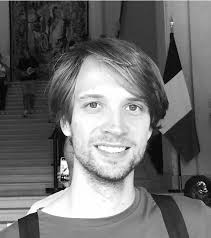The resolution of optical systems, formulated as the smallest possible distance between two point sources for which they still can be resolved, was for a long time believed to be limited by diffraction, formulated by the Rayleigh criterion. However, recent advancements in quantum metrology have changed our understanding. The resolvability is ultimately determined by the signal-to-noise ratio and the quantum Cramér-Rao bound (QCRB) provides a lower limit to the variance of parameter estimators. Remarkably, the QCRB for the distance between two point sources is independent of this distance, showing that the Rayleigh criterion is not a fundamental limit. This revelation opened the door to super resolution. Spatial demultiplexing of light into Hermite-Gauss transverse spatial modes (SPADE) is a promising technique to go beyond the Rayleigh limit, as this method saturates the QCRB for source separation estimation. In our experiment, the SPADE technique has enabled the estimation of the source separation orders of magnitude below the Rayleigh limit for both bright and faint thermal sources. However, real-world scenes present complexities that demand a multiparameter approach. Our experiment is extended to incorporate the measurement of additional parameters, such as power imbalance and centroid position of the two sources, bringing the research closer to real-world applicability.
Parameter-estimation approach to super resolution
By Alexander Boeschoten, Post-doctoral researcher at Laboratoire Kastler Brossel, Paris, France

- Event Type: Seminar
- Date and Time: 02/04/2025 3:30 pm - 02/04/2025 4:30 pm
- Location: Willamette 240D
Special Day and Time
